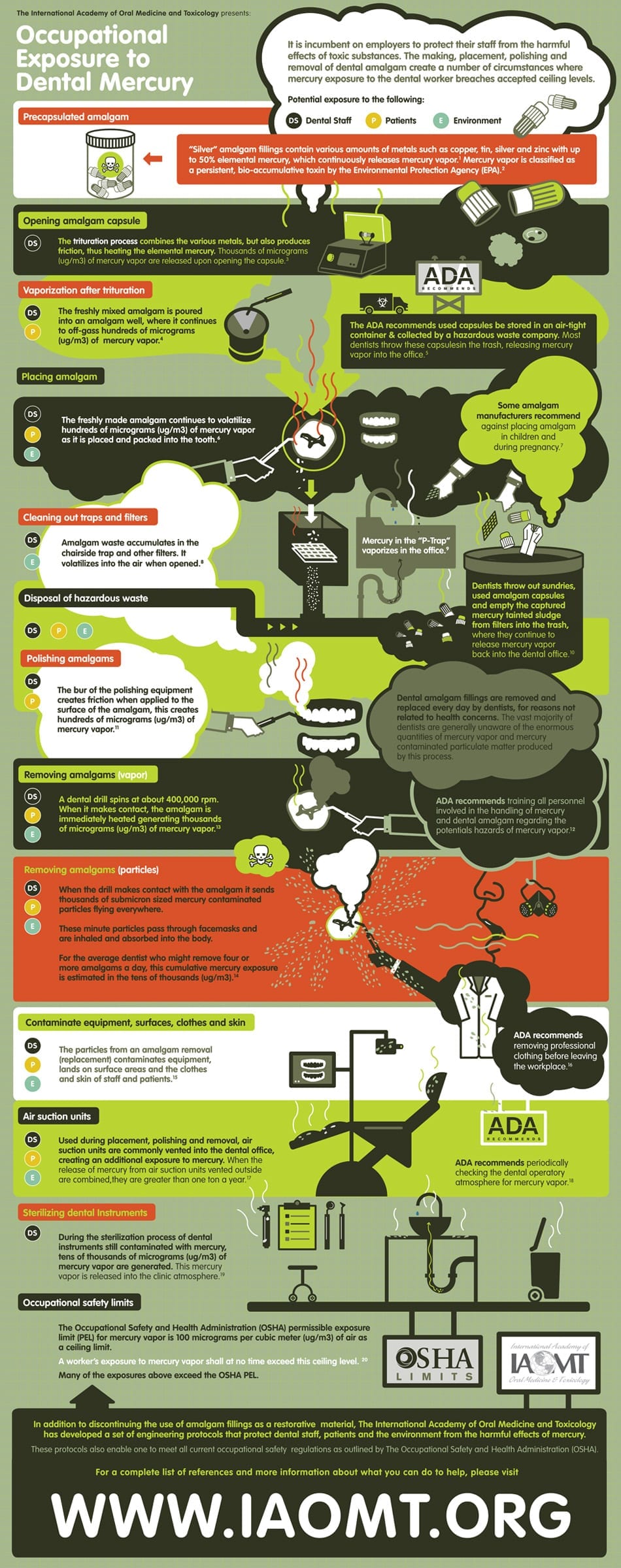Mercury in dental amalgam is a hidden source of global mercury pollution, resulting from the illegal diversion of dental mercury into the artisanal and small-scale gold mining sector, to crematoria emissions from the deceased and sewage sludge that is sold to farmers. These significant mercury sources result in air, water, and food contamination that consequently have a negative impact on human health.
This comprehensive scientific paper was published in 2019, by Dr. Blanche D. Grube and Anita Vazquez Tibau, which gives a global view of how pervasive dental amalgam is in the environment. Mercury Contamination from Dental Amalgam Background.
Objectives. The aim of the present study was to investigate and report on all of the various pathways mercury in dental amalgam can enter the environment.
Methods. The present study searched the electronic data bases of PubMed and Google Scholar.
Peer reviewed journals and references of studies included for full-text review were examined for potentially relevant studies. Articles published between 2000 to 2018 were searched and specifically screened for articles that referenced “Dental Amalgam,” and the following key words in various combinations: “Minamata Convention on Mercury Treaty,” “Sewage Sludge,” “Cremation,” and “Artisanal and Small-Scale Gold Mining.”
Data were included on the most populous countries of China, India, the United States, Brazil, and the European Union collectively. We also included data on cremation statistics and current global trends, looking at populations where cremation is a common practice, such as Japan and India.

Discussion. Dental amalgam represents a significant, but understudied area of global mercury pollution that includes cremation, sewage sludge, burial, and small-scale gold mining.
Conclusions. Mercury used in products and processes, including dental amalgams, is a global pollutant. Even after the last mercury dental amalgam is placed, its toxic legacy will continue for decades, because of its pervasive bioaccumulation in the environment.
Government regulatory agencies should make it mandatory to utilize available technologies, not only in developing countries, but also in developed countries, to reduce mercury contamination.
Please see full paper HERE.



